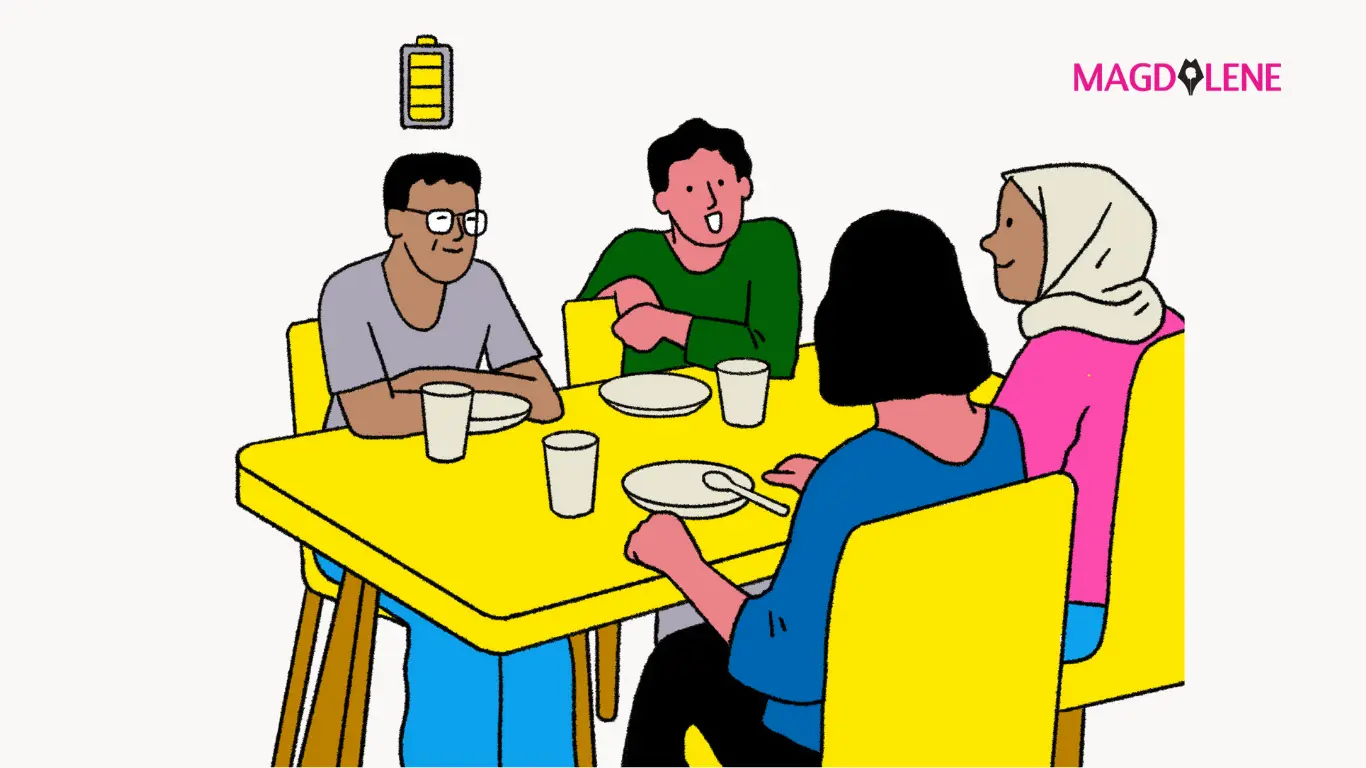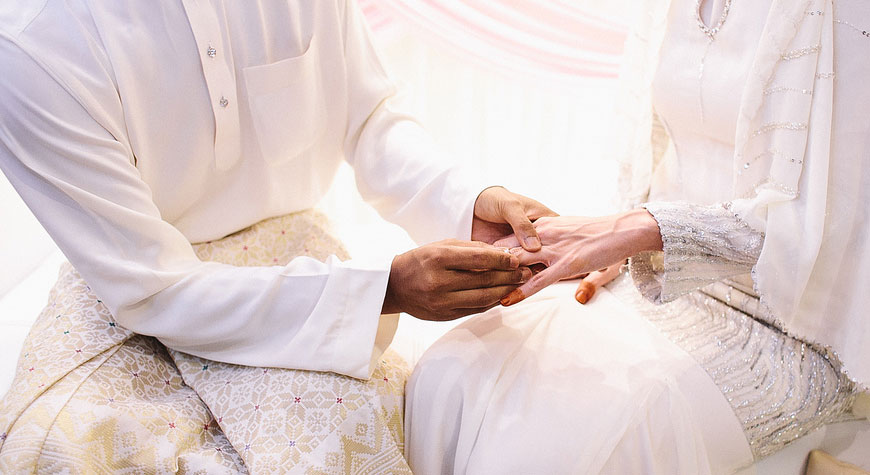Families Can Drive Gender Equality, But Only If We Help Them Evolve

The concept of family lends itself to exaggerated claims. Depending on who you talk to, the decline of the traditional family in recent decades either means the triumph of individualism and the onset of “pure relationships” or the dissolution of society, population decline and the death of the nation.
For women, in particular, families have long been deeply paradoxical spaces. They can bring love and life but also struggle, inequality and, far too often, violence.
In 2012, 47 percent of all women who were victims of homicide were killed by an intimate partner or family member, versus just 6 percent of men, according to the United Nations’ Global Study on Homicide.
Evidence also shows that family income and resources are not necessarily pooled or shared equally between partners, practices that can entrench domestic gender inequality. Men in both the developed and developing world are also more likely than women to use family income for personal spending and to have more leisure time.
How can we make families work better for women?

Gender-equal families
International Day of Families is a good moment to reflect on this question and consider how families might change to become agents of gender equality and female empowerment. In international law, the protection of the family is closely linked to the principle of equality and non-discrimination, meaning that all members of a family must enjoy the same liberties and rights regardless of gender or age.
As social realities change, perceptions of just what non-discrimination looks like have also evolved.
Today, many countries, including Brazil, Finland and Spain, recognize same-sex partnerships, while others offer legal protections for children born out of wedlock and for single-parent families. That would have been unthinkable just 50 years ago.
Such rapid shifts, though, can incite a backlash from people who fear that new familial structures threaten their personal beliefs, religious values or social norms.
To help families become more gender equal, it is important to be clear about what changes are required and what, concretely, these changes entail. Only doing this will allow policies seeking to empower women and girls really work.
Women who wait
Things are already trending in the right direction. Around the globe, women’s voice and agency within the family are growing. In many parts of the world, women are also postponing marriage, in part because they are attending school for longer and building a career.
In the Middle East and North Africa, regions where marriages have tended to be early and universal, women delayed marriage for between three and six years (depending on the country) between the 1980s and 2010s. By 2010, the mean marrying age for the region’s women ranged from 22 to 29 years and in nearly all countries it now surpasses the legal minimum age of marriage without parental consent.
Delaying marriage has gone hand in hand with improved health outcomes for women and their children in the region, as well as significant gains in female higher education.
In East Asia, another region known for near-universal marriages, women are not only postponing marriage, many are not getting married at all. In 2015, more than half of Japanese women entering their 30s were not in a relationship or living with a partner. This is a recent phenomenon.
Regional experts have suggested that women are opting out of marriage and children because men are not adapting quickly enough: Japanese women have new roles in society. No longer just caregivers, they work and travel and have aspirations beyond the confines of the home. But men aren’t changing in step. They have failed to take on a more active role in taking care of children and elderly parents. Jobs also continue to demand very long work hours, a challenge for working parents.
In other words, East Asia’s gender revolution remains incomplete. Women have new roles and aspirations, but they’re tough to achieve if no one else recognizes them.
Japan and South Korea, are now taking action, investing heavily in social care services. Acknowledging that caring for ailing relatives puts a serious burden on spouses and daughters, in 2000 Japan adopted a government-subsidized long-term care insurance policy. South Korea followed suit in 2008. While these initiatives are likely to assist women, they are not substitutes for much-needed changes in families themselves.
Women who work
Worldwide, women are also increasingly their family’s breadwinner, a trend that is whittling away at the pillars of patriarchy and improving family financial security.
In the US, for example, real wages have been falling since the mid-1970s even as productivity has been rising. In this context, what has kept families afloat is the increased participation of women in the work force. Today, women’s participation rate in the labor force is 57 percent, up from 38 percent in 1960.
In Latin America, too, the proportion of households where women are the main earner has increased, rising from 28 percent in 2002 to 32 percent in 2014. Women’s greater financial autonomy has strengthened their voice and bargaining power within families.
Again, though, the gender revolution has been truncated. In Mexico, Venezuela and Colombia, just to name a few places where female labor participation has jumped over the past 25 years, women have taken on more paid work while continuing to shoulder the lion’s share of unpaid care and domestic work. This often leaves them with little time for self-care, rest and leisure.
Women who struggle
There is a harsher flipside to female economic power: as women around the world assume both primary financial and care responsibilities for their children, they are increasingly doing so in the absence of men.
In many countries, the typical nuclear family (two parents living with their children) have become less common. In the best case, this is happening because women are exercising real choice in how they set up their own families, and are choosing to do so solo. But frequently single parenting happens involuntarily. Women flee abusive husbands or are abandoned.
Some are left behind when husbands unable to find work at home seek jobs elsewhere. In South Africa, for example, which has a long history of male labor migration, a 2014 study found that only 35 percent of children lived with both parents; 41 percent lived with just their mothers and 21 percent lived with neither parent (even though 83 percent had at least one living parent).
In Zimbabwe, just 43 percent of children resided with both parents, and 25 percent lived with their mother only (in more than 80 percent of cases the father was alive); in 29 percent of cases, neither parent was present. This tough situation probably reflects the country’s economic collapse and the large number of citizens who’ve migrated to South Africa in search of a living.
Whether South African and Zimbabwean women can maintain an adequate standard of living for themselves and their dependents without a male partner is going to be a litmus test for the countries’ social protection systems and public services.
Evolving family structures do not present an inherent risk to society. The real danger lies in long hours of poorly paid work that leaves little time for family life; households torn apart by conflict, forced migration and deportation; and perverse economic incentives that compel people to “choose” between home and a career.
If governments embrace change and prove willing and able to support new and different household arrangements, then modern families can become engines of empowerment. We just have to try.
The 2018 edition of UN Women’s flagship report, Progress of the World’s Women, will focus on women and families in a changing world.
Shahrashoub Razavi is the Chief of the Research & Data Section at UN Women, where she is research director of UN Women’s flagship report, Progress of the World’s Women. She specializes in the gender dimensions of development, with a particular focus on work, social policy and care.
This article was first published on The Conversation, a global media resource that provides cutting edge ideas and people who know what they are talking about.






















